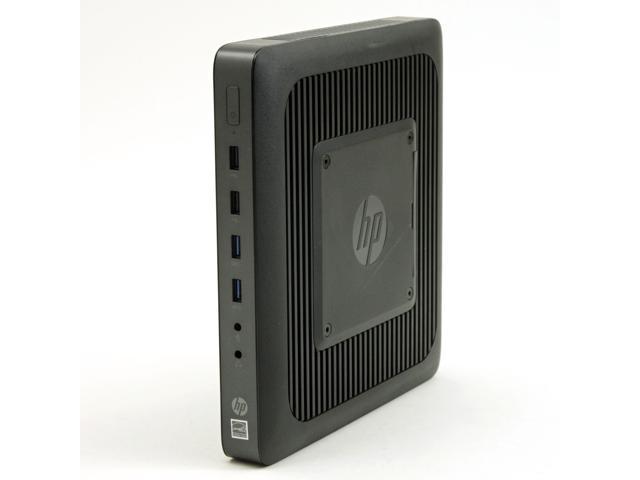Good afternoon:
I am trying to install FreeBSD on an old laptop with the following specs:
Intel Celeron 1000MHZ, 128MB RAM and HD 18.6 GB. It is a 20 years old computer with CD-ROM, floppy disk and a BIOS that I think does not accept USB booting (I have not seen that option in the BIOS) but I have not tried to insert a usb with a FreeBSD image either. The option to install from floppy is completely out of the question.
So far, I have tried 12.4 RELEASE-i386-disc1.iso, 13.1-RELEASE-i386-bootonly.iso and 13.1-RELEASE-i386-disc1.iso but I cannot complete the installation. Either it can't load the kernel or it shows the error:
Can not open /boot/lua/loader.lua (this in version 12.4-release).
The only version I managed to install (years ago) and now is an old iso image with version 7.2 Release, but it is not functional because the ports are totally outdated and I can't even use a browser because of the certificates issue.
I have also tried to update this system once installed, but it is only applicable to patches and there is no option to download ports or packages for this version, or at least I have not managed to do it.
My idea is to install the minimum system that can work and then some light graphical manager, such as XFCE or similar. If I don't get it I will definitely discard the laptop.
Any suggestion will be welcome. Thanks in advance.
Cheers.
I am trying to install FreeBSD on an old laptop with the following specs:
Intel Celeron 1000MHZ, 128MB RAM and HD 18.6 GB. It is a 20 years old computer with CD-ROM, floppy disk and a BIOS that I think does not accept USB booting (I have not seen that option in the BIOS) but I have not tried to insert a usb with a FreeBSD image either. The option to install from floppy is completely out of the question.
So far, I have tried 12.4 RELEASE-i386-disc1.iso, 13.1-RELEASE-i386-bootonly.iso and 13.1-RELEASE-i386-disc1.iso but I cannot complete the installation. Either it can't load the kernel or it shows the error:
Can not open /boot/lua/loader.lua (this in version 12.4-release).
The only version I managed to install (years ago) and now is an old iso image with version 7.2 Release, but it is not functional because the ports are totally outdated and I can't even use a browser because of the certificates issue.
I have also tried to update this system once installed, but it is only applicable to patches and there is no option to download ports or packages for this version, or at least I have not managed to do it.
My idea is to install the minimum system that can work and then some light graphical manager, such as XFCE or similar. If I don't get it I will definitely discard the laptop.
Any suggestion will be welcome. Thanks in advance.
Cheers.



